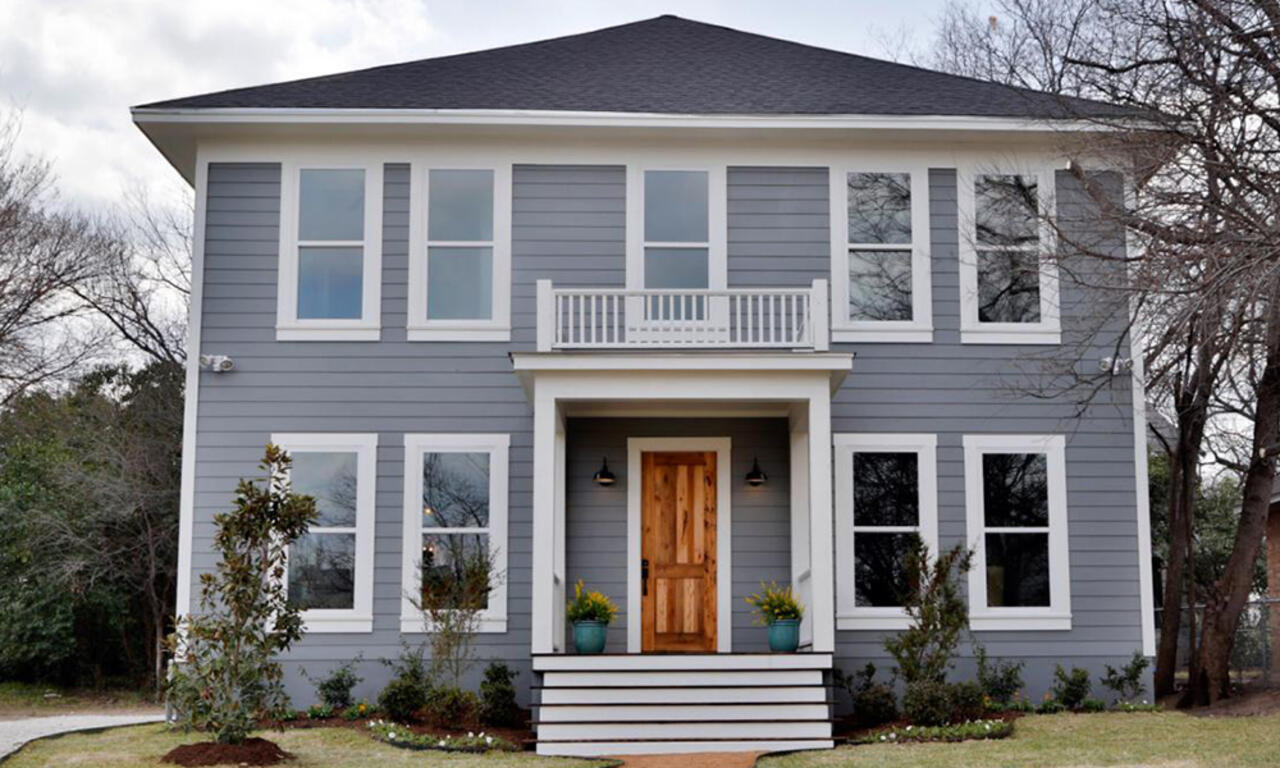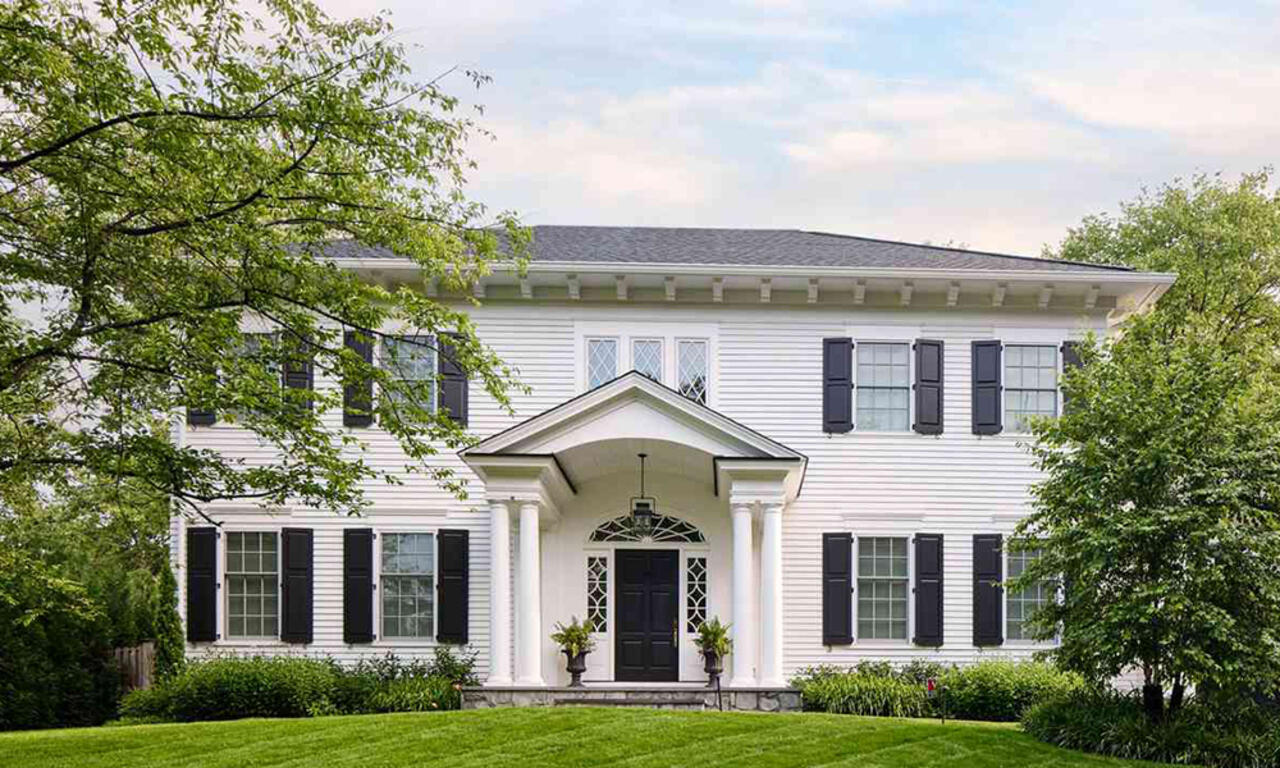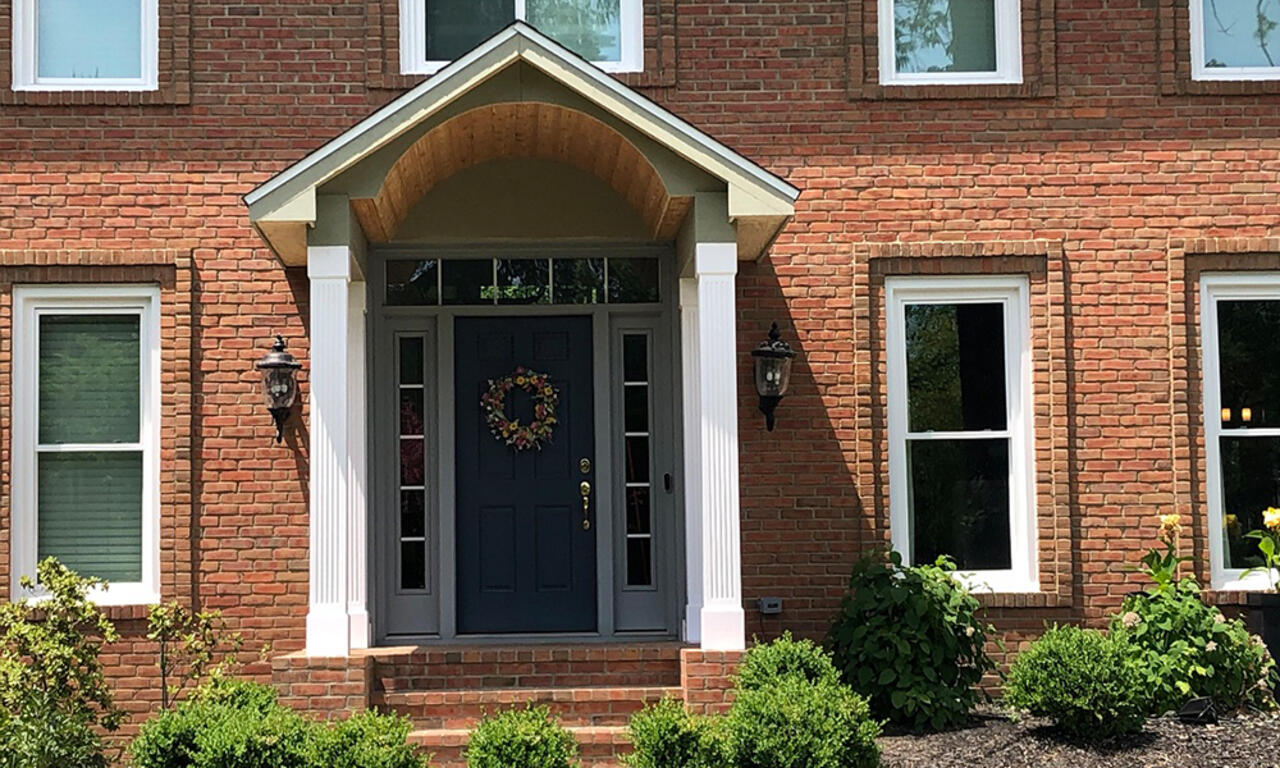What is a Portico?
A portico is an architectural feature that serves as both a functional and aesthetic element at the entrance of a building. It is more than just a covered entryway; it’s an architectural statement. It blends function with beauty, providing shelter while creating a striking first impression. Whether you’re designing a new home or enhancing an existing one, incorporating a portico can add significant value and elegance to the overall design.
By understanding the elements and historical significance of porticos, you can better appreciate their role in architecture and consider how they might enhance your own design projects.Derived from classical architecture, the term "portico" originates from the Latin word "porticus," meaning a covered walkway or porch. Here’s a closer look at what makes a portico a distinctive and desirable addition to any structure:
Elegant Entrance
A portico is typically found at the main entrance of a building, providing a grand and formal welcome. Its primary purpose is to shelter visitors from the elements while they wait to enter, but its design goes far beyond mere functionality. The presence of a portico immediately elevates the aesthetic appeal of a building, creating a sense of elegance and importance.
Architectural Elements
The most defining feature of a portico is its roof, which is supported by columns. These columns are often inspired by classical architectural orders such as Doric, Ionic, or Corinthian, each bringing its unique style and character. The roof itself may be flat or gabled, and it often features detailed moldings and pediments that add to the visual impact.
Material and Design
Porticos are typically constructed from durable materials like stone, brick, or wood, designed to withstand the test of time. The choice of materials and the level of ornamentation can vary, allowing for customization that matches the overall architectural style of the building. Whether it’s a simple, understated design or an elaborate, intricately detailed structure, a portico always serves as a focal point.
Historical Significance
Historically, porticos have been used in various cultures and architectural styles, from ancient Greek temples to Roman public buildings, and they continue to be a popular feature in modern architecture. Their enduring appeal lies in their ability to combine practicality with grandeur, providing both shelter and a stately entrance.
Modern Applications
In contemporary architecture, porticos are not just limited to grand public buildings. They are also commonly found in residential architecture, particularly in homes aiming for a classical or neoclassical look. A well-designed portico can enhance the curb appeal of a home, making it appear more welcoming and refined.




